My Pleiospilos nelii just bloomed and I wanted to share it with you. I have written about these plants before, but it’s always fun each time they bloom.
Another bud is coming up on the other side.
Then I noticed that some of the other plants in the same family of Aizoaceae and some of which are referred to as mimicry plants because they mimic stones or Mesembs, short for Mesemeryanthemums-you can see the need for a nickname! And thanks to the recent use of more sophisticated analyzing and scientific classification methods, some of these plants may have been reclassified if you research them. Anyway, an older P. nelii in my collection was also sending up a bud.
My two P. nelii Royal Flush specimens were putting up new leaves that will have a bud appear in the split between the leaves just like you can already see in the image above on the P. nelii.
You can’t see it yet, but my lithops is beginning to open up and a bud will show up in that split as well.
Now, as a rule, these living stones and other plants like this like Aloinopsis, Argyroderma,, Conophytum, Titanopsis, Baby Toes, and perhaps others with these fleshy, somewhat singular bodies that are all related tend to give people a hard time, and they don’t have much luck keeping them alive. I’ve lost a few myself! So I thought I would share with you what I have learned about them from the experts about how you might keep the next one you buy alive for a while and get to see it bloom.
First thing you need to know is that as these plants grow, the oldest leaves dry up and the new leaves get moisture and sustenance from them. So don’t try to take the dry leaves off, even if you think they make the plant looks shabby. Their growing period is in spring and summer leading up to blooming in the winter. They need water, but don’t need to be waterlogged. Then after they have bloomed, just water enough to keep their fine root hairs moist; don’t let the soil become bone dry. It has been suggested that in the winter water as if you are just trying to get the dust off the leaves, that is, the body of the plant.
If the plant starts to look shriveled during the winter, then they might need a bit more water.
To try to simplify, water in spring and summer, then continue to water as they bloom in the winter until the blooms are gone, and then cut back on the water. And of course, they need good light all year. This is not a plant you want to stick in the garage and forget about over the winter. They are not cold-hardy, so they do have to come in.
And after saying all this, the bottom line is that you have to be patient, become familiar with your plants, and just keep trying.
Good luck!
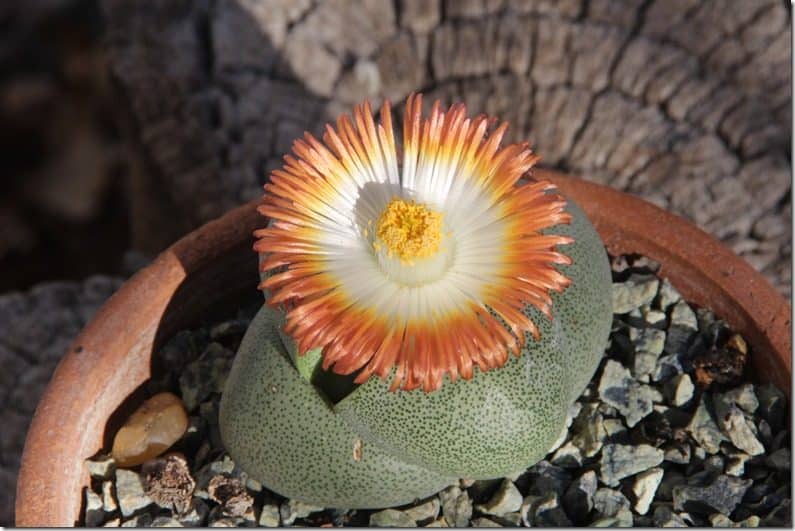
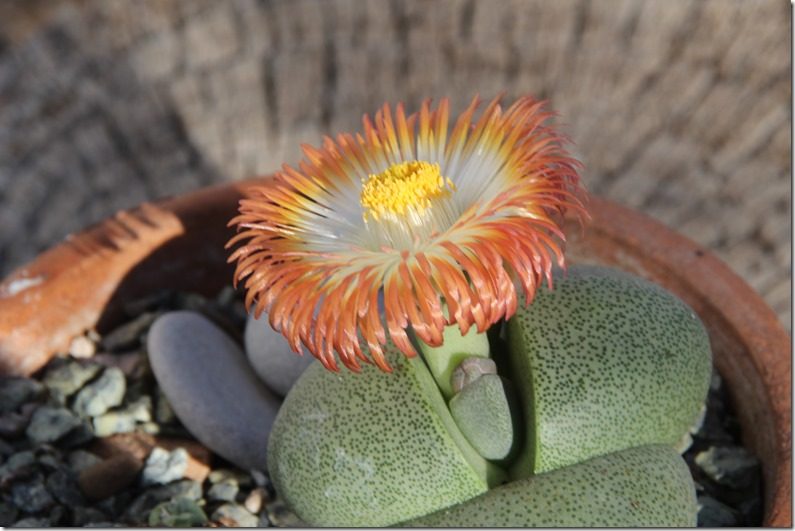
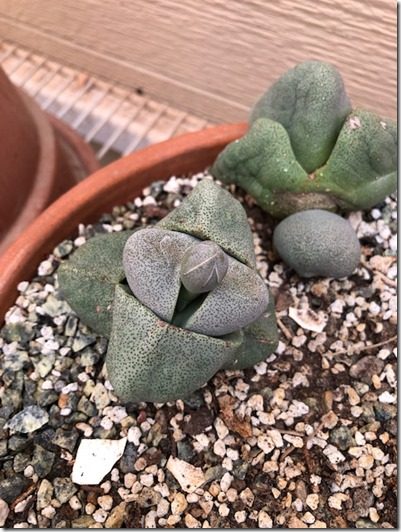
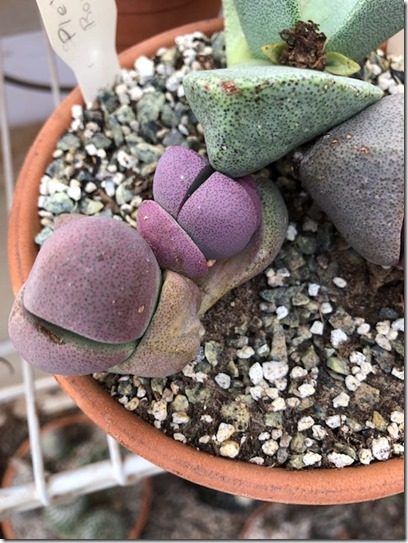
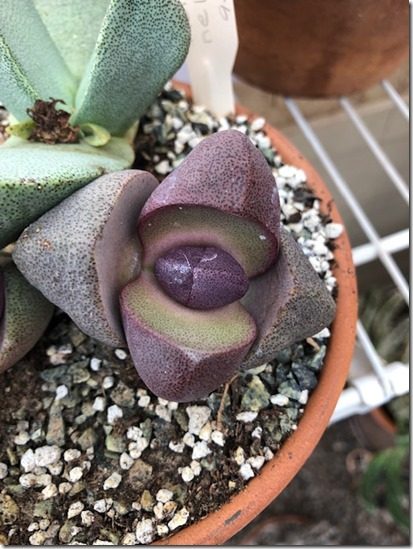
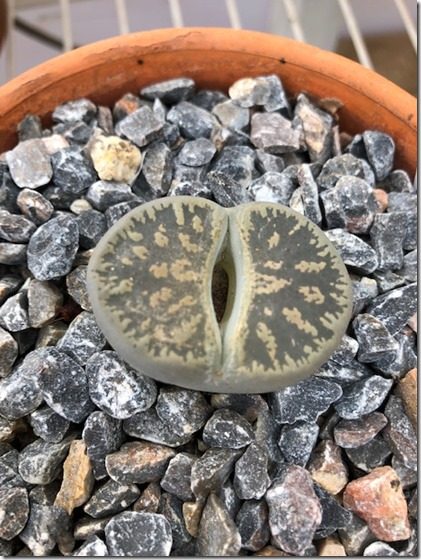
Recent Comments